Coronavirus is an environmental wake-up call
The global outbreak has meaningfully curbed carbon dioxide emissions. But can we learn its lessons for the long run?

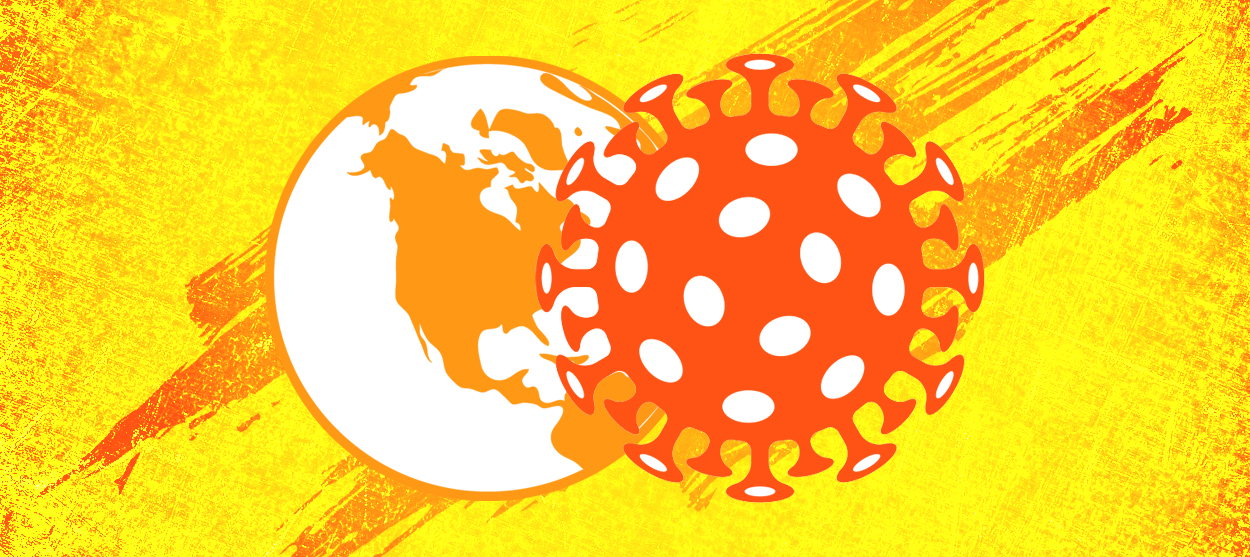
In the 1970s, chemist James Lovelock and microbiologist Lynn Margulis developed the Gaia hypothesis; the theory that all organic and inorganic components on the planet are part of one self-regulating system, working to maintain and perpetuate life on earth.
At the moment, the biggest threats to the delicate balance that makes this planet habitable are human-caused climate change and the destruction of biodiversity. Scientists agree that if individuals, businesses, and governments don't take significant action within the next decade to curb emissions, the damage will be catastrophic. Already, the effects to the natural world are massive and deadly, including infectious disease transmission patterns. But where scientists and popular movements have thus far failed to convince the world to act, it seems that Mother Earth may have succeeded, with the never-before-seen COVID-19 virus.
The novel coronavirus is estimated to have curbed carbon dioxide emissions in China by a quarter. More than 80,000 people in one of the world's biggest industrial polluters have been infected, causing refineries and factories to shut down, and slowing construction activities. This temporary reduction is by no means insignificant. As The New York Times reported, the three-week decline equals about 150 million metric tons of carbon dioxide — roughly the amount that New York produces in an entire year. Recent analysis published in Carbon Brief shows a 70 percent drop in Chinese domestic flights in February compared with January. Internationally, at least 73 airlines, including Delta, British Airways, and Lufthansa have cut their flights to China.
The Week
Escape your echo chamber. Get the facts behind the news, plus analysis from multiple perspectives.

Sign up for The Week's Free Newsletters
From our morning news briefing to a weekly Good News Newsletter, get the best of The Week delivered directly to your inbox.
From our morning news briefing to a weekly Good News Newsletter, get the best of The Week delivered directly to your inbox.
Air travel, which contributes more than 2 percent of global CO2 emissions, has also been disrupted beyond China. European companies such as L'Oreal, Nestlé, and Unilever have restricted or suspended business travel. Privately, people are flying less for fear of being infected, stranded at holiday destinations, or quarantined in hotels like the roughly 700 guests under lockdown at the Costa Adeje Palace hotel in Tenerife.
It's not just air travel. People are canceling cruise trips after 3,711 passengers and crew members were quarantined aboard the Diamond Princess off the coast of Japan due to the virus. Another win for the environment, since people on a seven-day cruise produce roughly the same carbon footprint as they would during 18 days on land, not to mention the damage that ships wreak on fragile ocean ecosystems. Even getting into a car and going to a restaurant, shopping mall, or concert poses a risk of infection, which means that many people are choosing to stay at home and consuming less, resulting in a significant reduction of their carbon footprints. This year started with much discussion about sustainable travel and many public figures pledging not to fly, such as Australian Yael Stone. In the end, though, nothing is more sustainable than not to traveling at all.
Of course, it's easy to say that China and the rest of the world will continue to resume normal production and consumption as soon as the virus is contained, or even an increased rate in order to make up for the deficit. However, some permanent, positive measures have already been taken as a result of the novel coronavirus. As the virus is thought to have originated in wildlife sold at a market in Wuhan, Chinese authorities are amending laws and regulations regarding the country's massive wildlife trade in order to prevent future epidemics — a win for biodiversity.
The deaths of thousands of people worldwide should also serve as a lasting reminder of the precious fragility of life. We humans frequently ignore or repress uncomfortable thoughts of death and extinction, on an individual and planetary level. We would rather get on with our lives as usual, as if we were immortal and invincible, thinking everything will somehow work out in the end. Only in the face of suffering and death are we forced to view the bigger, longer-term perspective — and this is what is needed in order to react appropriately to climate change.
A free daily email with the biggest news stories of the day – and the best features from TheWeek.com
The current epidemic shows us that we are completely unprepared to deal with future outbreaks of diseases that will occur as a result of climate change. Not only will climate change increase the number of diseases passed from animals to humans due to changing boundaries of habitats and decreased biodiversity, but the melting ice and permafrost are releasing long dormant bacteria and viruses, like anthrax.
The novel coronavirus has sent alarm bells ringing throughout the world. It's time for us to wake up, listen to the primordial Earth goddess Gaia, and act.
Want more essential commentary and analysis like this delivered straight to your inbox? Sign up for The Week's "Today's best articles" newsletter here.
Madhvi Ramani is a writer and editor based in Berlin. Her work has appeared in The New York Times, Washington Post, BBC, and others.
-
 ‘The economics of WhatsApp have been mysterious for years’
‘The economics of WhatsApp have been mysterious for years’Instant Opinion Opinion, comment and editorials of the day
-
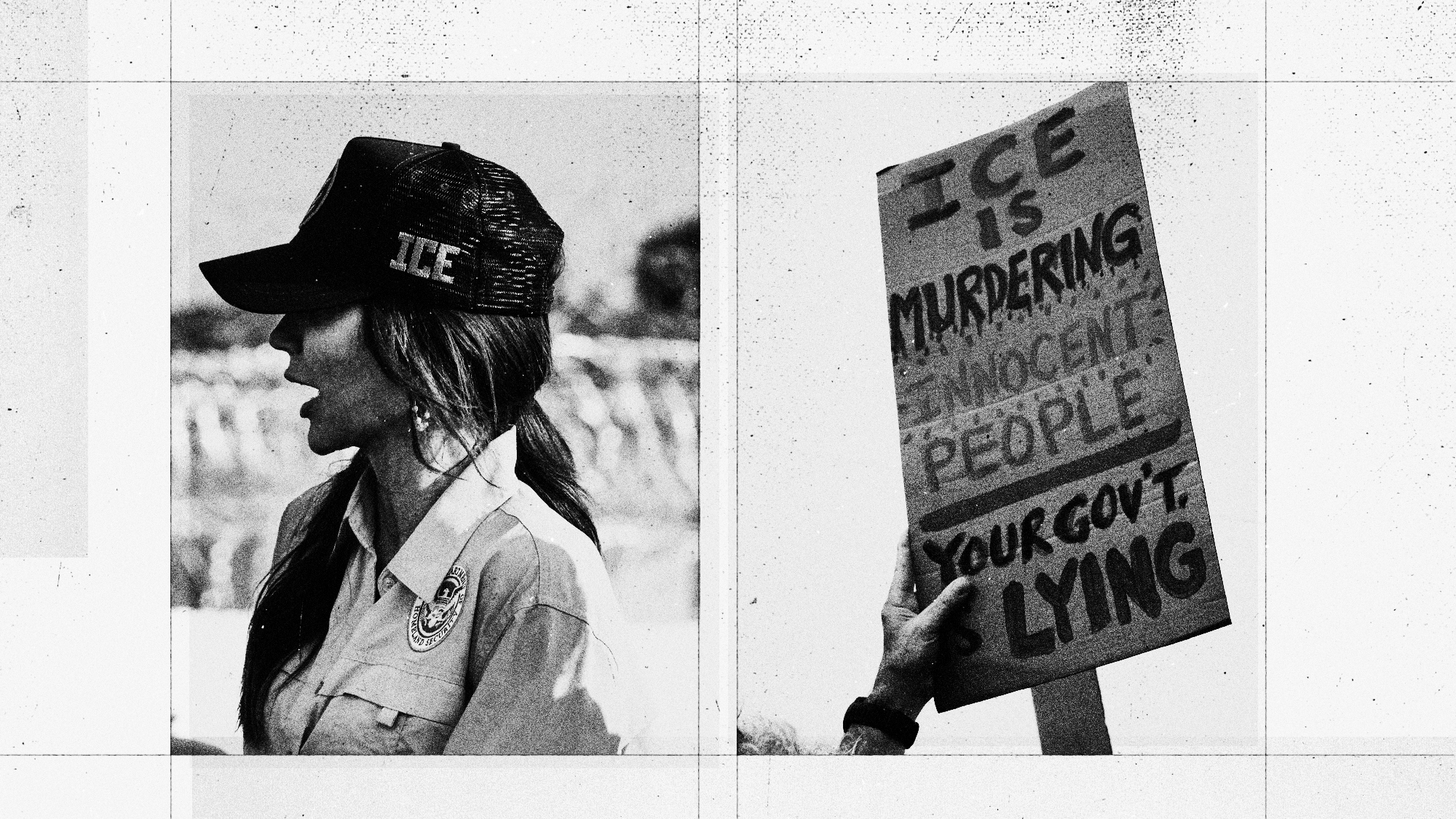 Will Democrats impeach Kristi Noem?
Will Democrats impeach Kristi Noem?Today’s Big Question Centrists, lefty activists also debate abolishing ICE
-
 Is a social media ban for teens the answer?
Is a social media ban for teens the answer?Talking Point Australia is leading the charge in banning social media for people under 16 — but there is lingering doubt as to the efficacy of such laws
-
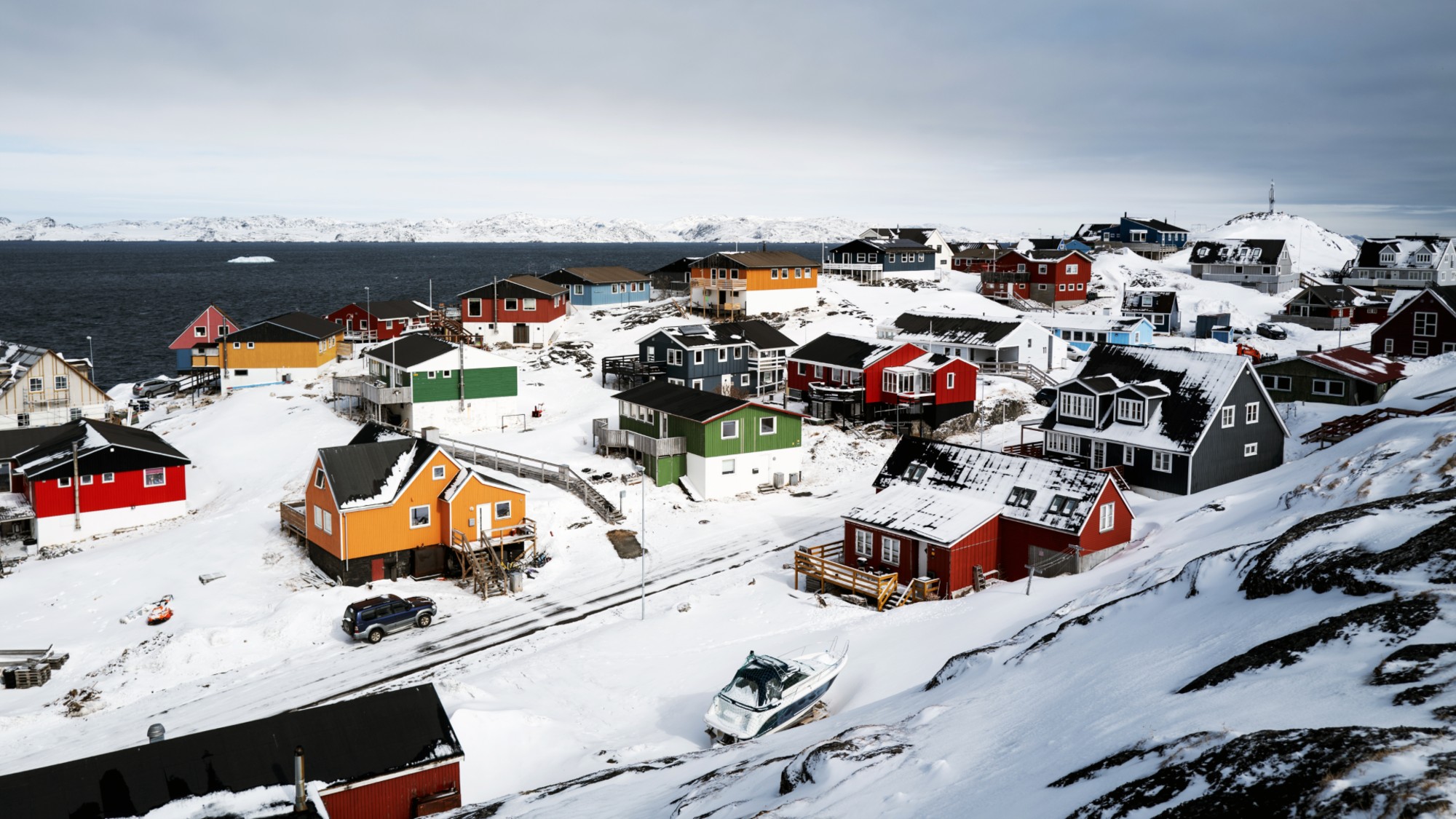 Why Greenland’s natural resources are nearly impossible to mine
Why Greenland’s natural resources are nearly impossible to mineThe Explainer The country’s natural landscape makes the task extremely difficult
-
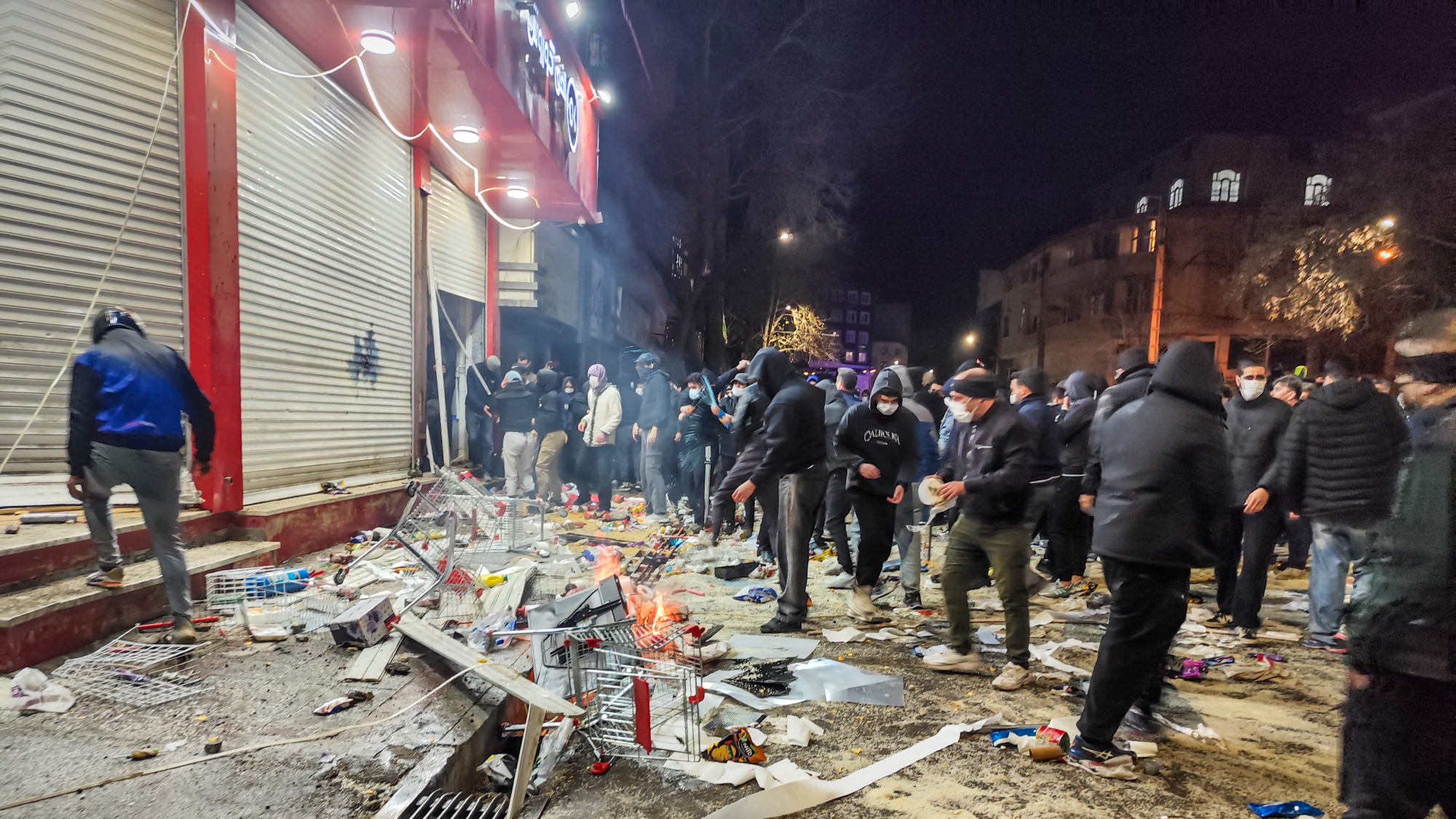 Iran cuts internet as protests escalate
Iran cuts internet as protests escalateSpeed Reada Government buildings across the country have been set on fire
-
 US nabs ‘shadow’ tanker claimed by Russia
US nabs ‘shadow’ tanker claimed by RussiaSpeed Read The ship was one of two vessels seized by the US military
-
 How Bulgaria’s government fell amid mass protests
How Bulgaria’s government fell amid mass protestsThe Explainer The country’s prime minister resigned as part of the fallout
-
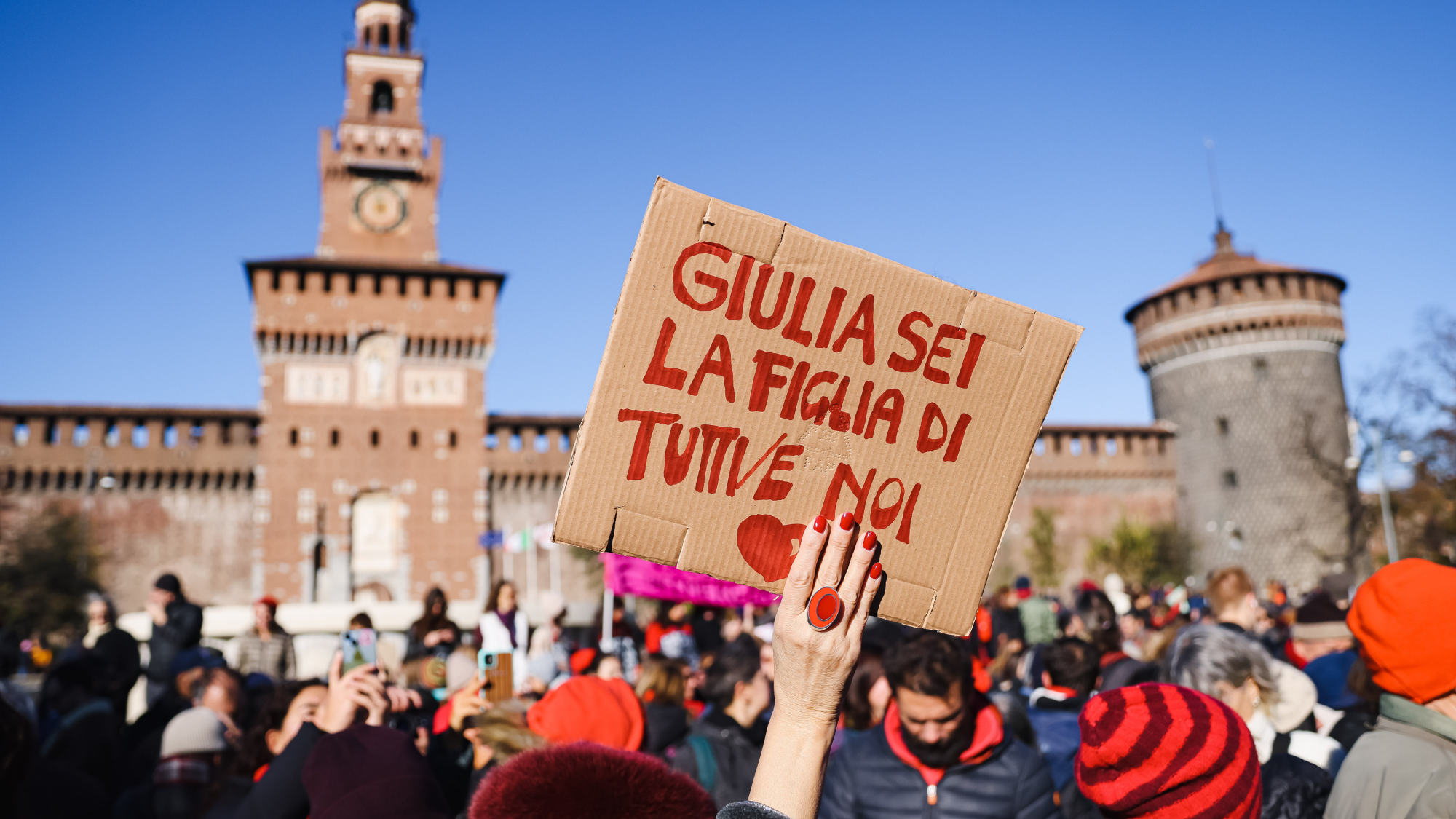 Femicide: Italy’s newest crime
Femicide: Italy’s newest crimeThe Explainer Landmark law to criminalise murder of a woman as an ‘act of hatred’ or ‘subjugation’ but critics say Italy is still deeply patriarchal
-
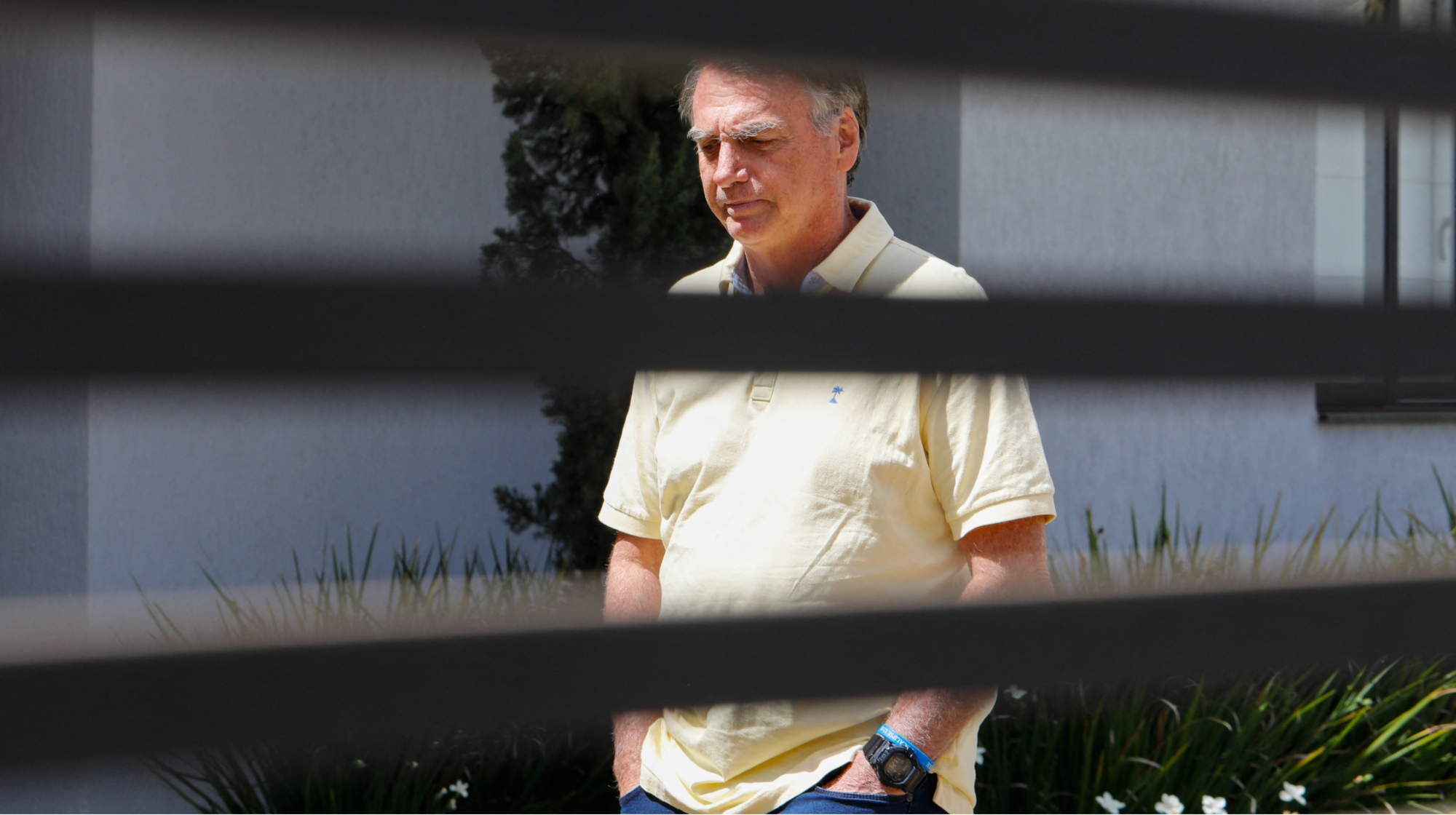 Brazil’s Bolsonaro behind bars after appeals run out
Brazil’s Bolsonaro behind bars after appeals run outSpeed Read He will serve 27 years in prison
-
 Americans traveling abroad face renewed criticism in the Trump era
Americans traveling abroad face renewed criticism in the Trump eraThe Explainer Some of Trump’s behavior has Americans being questioned
-
 Nigeria confused by Trump invasion threat
Nigeria confused by Trump invasion threatSpeed Read Trump has claimed the country is persecuting Christians
